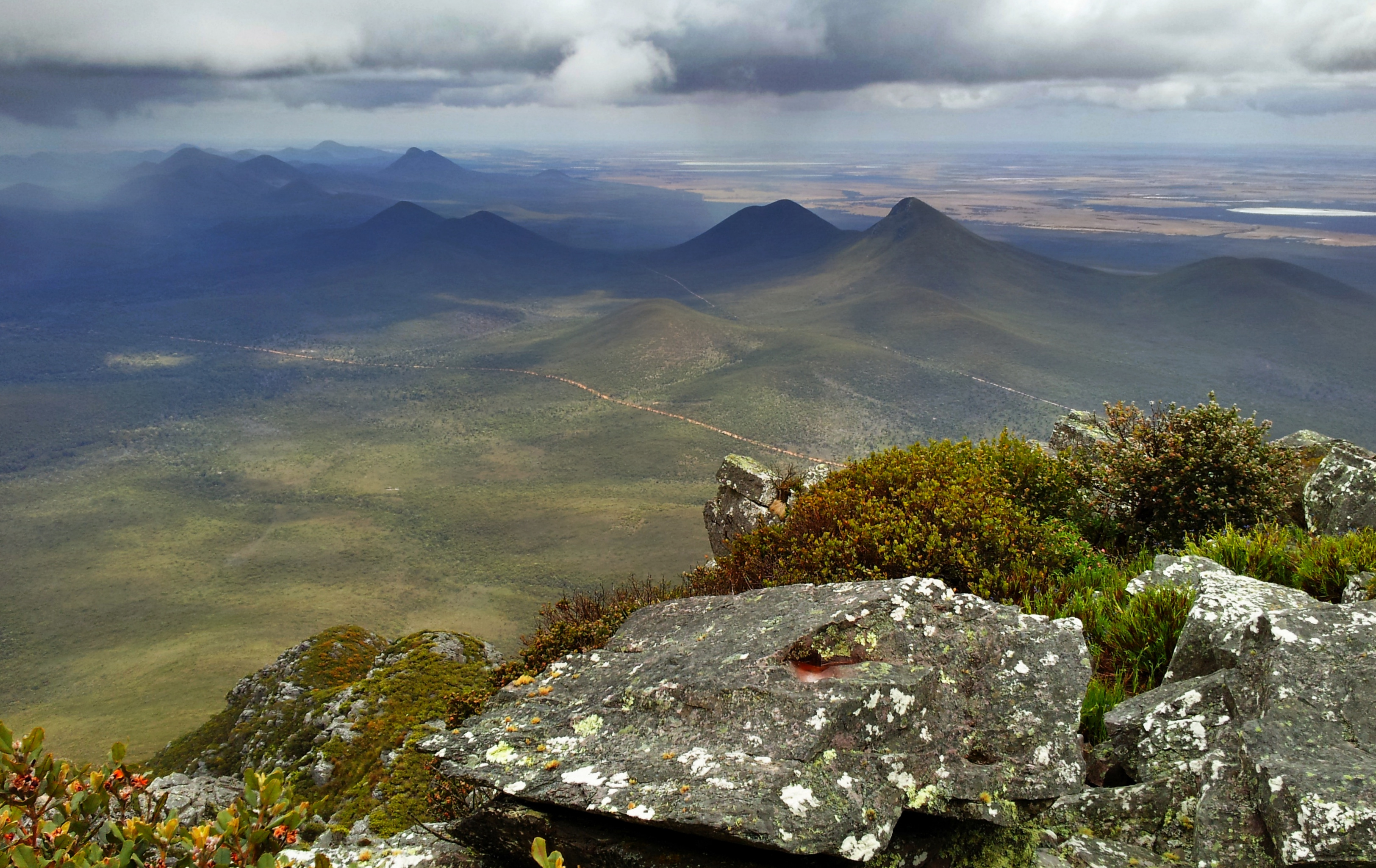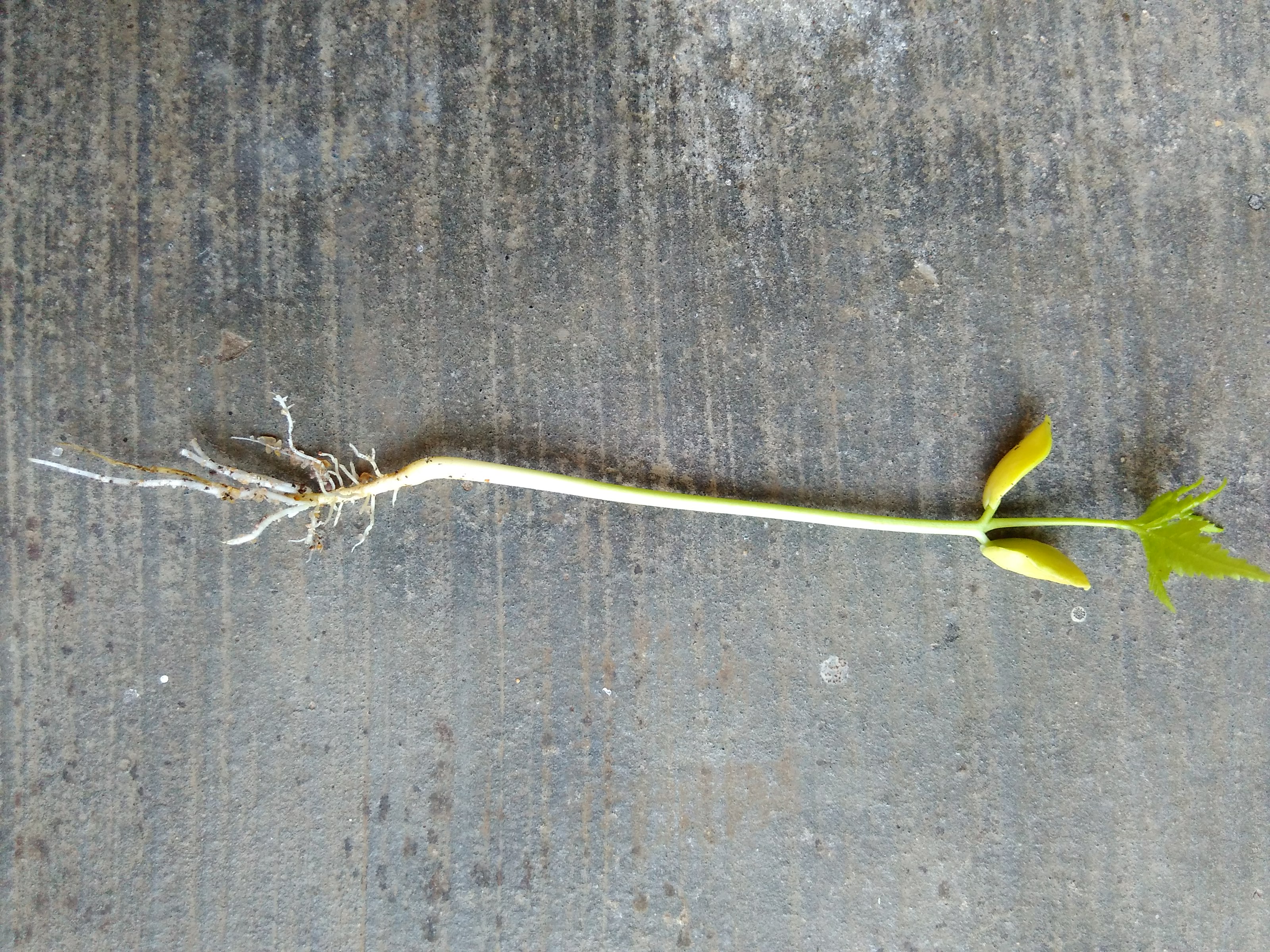|
Stylidium Imbricatum
''Stylidium imbricatum'', the tile-leaved triggerplant, is a dicotyledonous plant that belongs to the genus ''Stylidium'' (family Stylidiaceae). It is an herbaceous perennial that grows from 12 to 50 cm tall and has divided stems covered with tile-like leaves that are arranged in a spiral formation around the stem. The ovate-elliptic leaves are basifixed and held closely against the stems. The leaves are around 1.5-1.8 mm long and 0.6-0.8 mm wide. Terminal inflorescences are racemose or spike-like and produce flowers that are reddish violet with laterally-paired lobes and bloom from April to May in their native range. ''S. imbricatum'' is only known from south-western Western Australia in Stirling Range National Park and Porongurup National Park south-east to Cheynes Beach. Its habitat is recorded as being sandy or laterite soils in swampy areas, rocky slopes, or heathland. ''S. imbricatum'' is distinct within its subgenus because it possesses obovate s ... [...More Info...] [...Related Items...] OR: [Wikipedia] [Google] [Baidu] |
Benth
George Bentham (22 September 1800 – 10 September 1884) was an English botanist, described by the weed botanist Duane Isely as "the premier systematic botanist of the nineteenth century". Born into a distinguished family, he initially studied law, but had a fascination with botany from an early age, which he soon pursued, becoming president of the Linnaean Society in 1861, and a fellow of the Royal Society in 1862. He was the author of a number of important botanical works, particularly flora. He is best known for his taxonomic classification of plants in collaboration with Joseph Dalton Hooker, his ''Genera Plantarum'' (1862–1883). He died in London in 1884. Life Bentham was born in Stoke, Plymouth, on 22 September 1800.Jean-Jacques Amigo, « Bentham (George) », in Nouveau Dictionnaire de biographies roussillonnaises, vol. 3 Sciences de la Vie et de la Terre, Perpignan, Publications de l'olivier, 2017, 915 p. () His father, Sir Samuel Bentham, a naval architect, ... [...More Info...] [...Related Items...] OR: [Wikipedia] [Google] [Baidu] |
Porongurup National Park
Porongurup National Park is a national park in the Great Southern region of Western Australia. It covers , and is southeast of Perth and north of Albany. The park contains the Porongurup Range, which is the relic core of an ancient mountain range formed in the Precambrian over 1200 million years ago. The Porongurup Range forms part of the Southwest Biodiversity Hotspot, which is one of 34 regions in the world noted for a rich diversity of flora and fauna species. The range contains many peaks and hiking trails, with the highest point being ''Devils Slide'' at ,followed by Nancy's Peak at 644 metres. Castle Rock (558 metres) is capped with The Granite Skywalk, a steel viewing platform which provides panoramic views of the surrounding karri forest. History The Porongurup Range is culturally significant to the Mineng and Koreng/Goreng sub-groups of the Noongar people. Minang man Larry Blight states:This is our most sacred site...Porongurup or "Borrongup" means totem in Noong ... [...More Info...] [...Related Items...] OR: [Wikipedia] [Google] [Baidu] |
Eudicots Of Western Australia
The eudicots, Eudicotidae, or eudicotyledons are a clade of flowering plants mainly characterized by having two seed leaves upon germination. The term derives from Dicotyledons. Traditionally they were called tricolpates or non- magnoliid dicots by previous authors. The botanical terms were introduced in 1991 by evolutionary botanist James A. Doyle and paleobotanist Carol L. Hotton to emphasize the later evolutionary divergence of tricolpate dicots from earlier, less specialized, dicots. Numerous familiar plants are eudicots, including many common food plants, trees, and ornamentals. Some common and familiar eudicots include sunflower, dandelion, forget-me-not, cabbage, apple, buttercup, maple, and macadamia. Most leafy trees of midlatitudes also belong to eudicots, with notable exceptions being magnolias and tulip trees which belong to magnoliids, and ''Ginkgo biloba'', which is not an angiosperm. Description The close relationships among flowering plants with tricolpat ... [...More Info...] [...Related Items...] OR: [Wikipedia] [Google] [Baidu] |
Carnivorous Plants Of Australia
''Carnivorous Plants of Australia'' is a three-volume work on carnivorous plants by Allen Lowrie. The three tomes were published in 1987, 1989, and 1998, by University of Western Australia Press. An entirely updated three-volume work by Lowrie was published by Redfern Natural History Productions in December 2013 as ''Carnivorous Plants of Australia Magnum Opus''.Lowrie, A. 2013. ''Carnivorous Plants of Australia Magnum Opus - Volume Three''. Redfern Natural History Productions, Poole. . Content The first volume deals exclusively with tuberous sundews (genus ''Drosera''). The second is devoted to pygmy sundews, but also includes three tuberous species described since the publication of the first volume, as well as two other sundews that do not fit elsewhere ('' D. glanduligera'' and '' D. hamiltonii''). The final volume includes the remaining sundews of Australia, together with native species of ''Aldrovanda'', '' Byblis'', ''Cephalotus'', ''Nepenthes'', and ''Utricular ... [...More Info...] [...Related Items...] OR: [Wikipedia] [Google] [Baidu] |
List Of Stylidium Species
Discovery and description of new ''Stylidium'' species has been occurring since the late 18th century, the first of which was discovered in Botany Bay in 1770 and described by Joseph Banks and Daniel Solander. , a division of the Department of Environment and Conservation In the early 19th century, the French botanist [...More Info...] [...Related Items...] OR: [Wikipedia] [Google] [Baidu] |
FloraBase
''FloraBase'' is a public access web-based database of the flora of Western Australia. It provides authoritative scientific information on 12,978 taxa, including descriptions, maps, images, conservation status and nomenclatural details. 1,272 alien taxa (naturalised weeds) are also recorded. The system takes data from datasets including the Census of Western Australian Plants and the Western Australian Herbarium specimen database of more than 803,000 vouchered plant collections. It is operated by the Western Australian Herbarium within the Department of Parks and Wildlife. It was established in November 1998. In its distribution guide it uses a combination of IBRA version 5.1 and John Stanley Beard's botanical provinces. See also * Declared Rare and Priority Flora List *For other online flora databases see List of electronic Floras {{expand list, date=May 2018 This list of electronic Floras is arranged by country within continent. An electronic Flora is an online resource w ... [...More Info...] [...Related Items...] OR: [Wikipedia] [Google] [Baidu] |
Conservation Status
The conservation status of a group of organisms (for instance, a species) indicates whether the group still exists and how likely the group is to become extinct in the near future. Many factors are taken into account when assessing conservation status: not simply the number of individuals remaining, but the overall increase or decrease in the population over time, breeding success rates, and known threats. Various systems of conservation status exist and are in use at international, multi-country, national and local levels as well as for consumer use. International systems IUCN Red List of Threatened Species The IUCN Red List of Threatened Species is the best known worldwide conservation status listing and ranking system. Species are classified by the IUCN Red List into nine groups set through criteria such as rate of decline, population size, area of geographic distribution, and degree of population and distribution fragmentation. Also included are species that have gone e ... [...More Info...] [...Related Items...] OR: [Wikipedia] [Google] [Baidu] |
Sepal
A sepal () is a part of the flower of angiosperms (flowering plants). Usually green, sepals typically function as protection for the flower in bud, and often as support for the petals when in bloom., p. 106 The term ''sepalum'' was coined by Noël Martin Joseph de Necker in 1790, and derived . Collectively the sepals are called the calyx (plural calyces), the outermost whorl of parts that form a flower. The word ''calyx'' was adopted from the Latin ,Jackson, Benjamin, Daydon; A Glossary of Botanic Terms with their Derivation and Accent; Published by Gerald Duckworth & Co. London, 4th ed 1928 not to be confused with 'cup, goblet'. ''Calyx'' is derived from Greek 'bud, calyx, husk, wrapping' ( Sanskrit 'bud'), while is derived from Greek 'cup, goblet', and the words have been used interchangeably in botanical Latin. After flowering, most plants have no more use for the calyx which withers or becomes vestigial. Some plants retain a thorny calyx, either dried or live, ... [...More Info...] [...Related Items...] OR: [Wikipedia] [Google] [Baidu] |
Heath (habitat)
A heath () is a shrubland habitat found mainly on free-draining infertile, acidic soils and characterised by open, low-growing woody vegetation. Moorland is generally related to high-ground heaths with—especially in Great Britain—a cooler and damper climate. Heaths are widespread worldwide but are fast disappearing and considered a rare habitat in Europe. They form extensive and highly diverse communities across Australia in humid and sub-humid areas where fire regimes with recurring burning are required for the maintenance of the heathlands.Specht, R.L. 'Heathlands' in 'Australian Vegetation' R.H. Groves ed. Cambridge University Press 1988 Even more diverse though less widespread heath communities occur in Southern Africa. Extensive heath communities can also be found in the Texas chaparral, New Caledonia, central Chile, and along the shores of the Mediterranean Sea. In addition to these extensive heath areas, the vegetation type is also found in scattered location ... [...More Info...] [...Related Items...] OR: [Wikipedia] [Google] [Baidu] |
Stirling Range National Park
Stirling Range National Park is a national park in the Great Southern region of Western Australia, approximately south-east of Perth. Description It protects the Stirling Ranges, or Koikyennuruff, a range of mountains and hills over wide from west to east, stretching from the highway between Mount Barker and Cranbrook eastward past Gnowangerup. Notable features include Toolbrunup, Bluff Knoll – the tallest peak in the southwestern region – and a silhouette called The Sleeping Princess which is visible from the Porongurup Range. Popular recreational activities in the park include bushwalking, abseiling and gliding. Camping is permitted only in Moingup campsite within the park boundaries (fee applies). Other peaks which have tracks include Mt Trio, Talyuberlup Peak and Mt Magog. A premier walk known as The Stirling Ridge Walk is usually done over two days and includes Ellen Peak (the most easterly peak) and Bluff Knoll. History The traditional owners are the Mineng a ... [...More Info...] [...Related Items...] OR: [Wikipedia] [Google] [Baidu] |
Dicotyledon
The dicotyledons, also known as dicots (or, more rarely, dicotyls), are one of the two groups into which all the flowering plants (angiosperms) were formerly divided. The name refers to one of the typical characteristics of the group: namely, that the seed has two embryonic leaves or cotyledons. There are around 200,000 species within this group. The other group of flowering plants were called monocotyledons (or monocots), typically each having one cotyledon. Historically, these two groups formed the two divisions of the flowering plants. Largely from the 1990s onwards, molecular phylogenetic research confirmed what had already been suspected: that dicotyledons are not a group made up of all the descendants of a common ancestor (i.e., they are not a monophyletic group). Rather, a number of lineages, such as the magnoliids and groups now collectively known as the basal angiosperms, diverged earlier than the monocots did; in other words, monocots evolved from within th ... [...More Info...] [...Related Items...] OR: [Wikipedia] [Google] [Baidu] |




.jpeg/1200px-Amrum_(187753235).jpeg)

